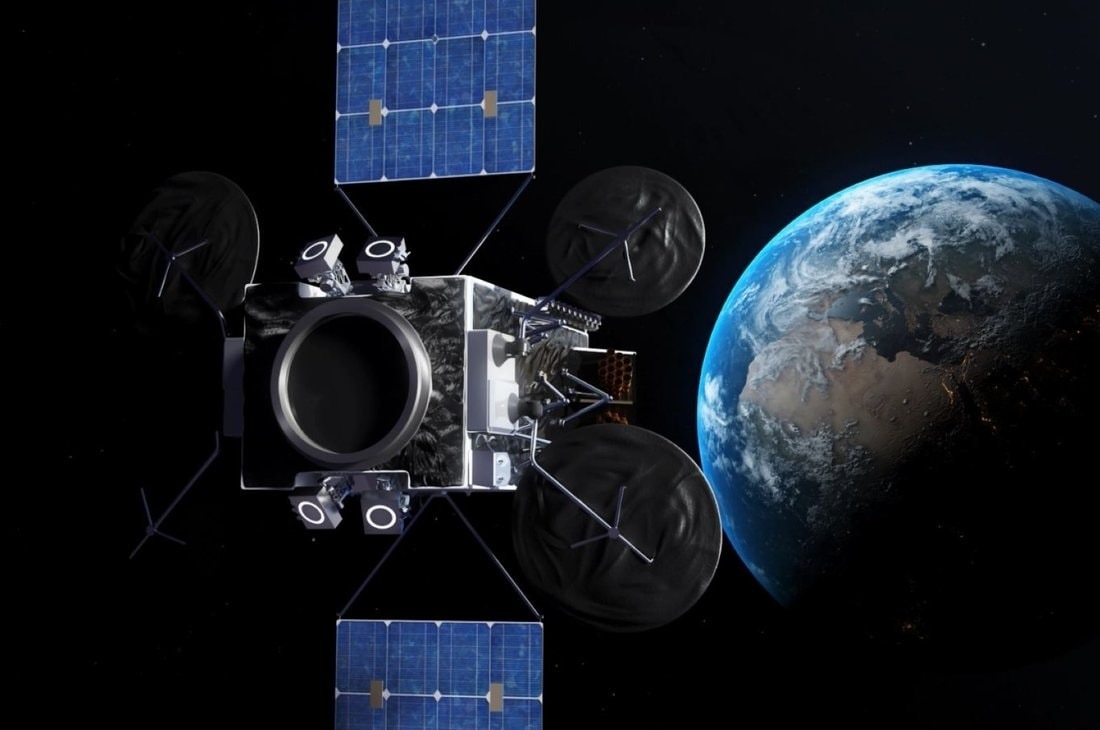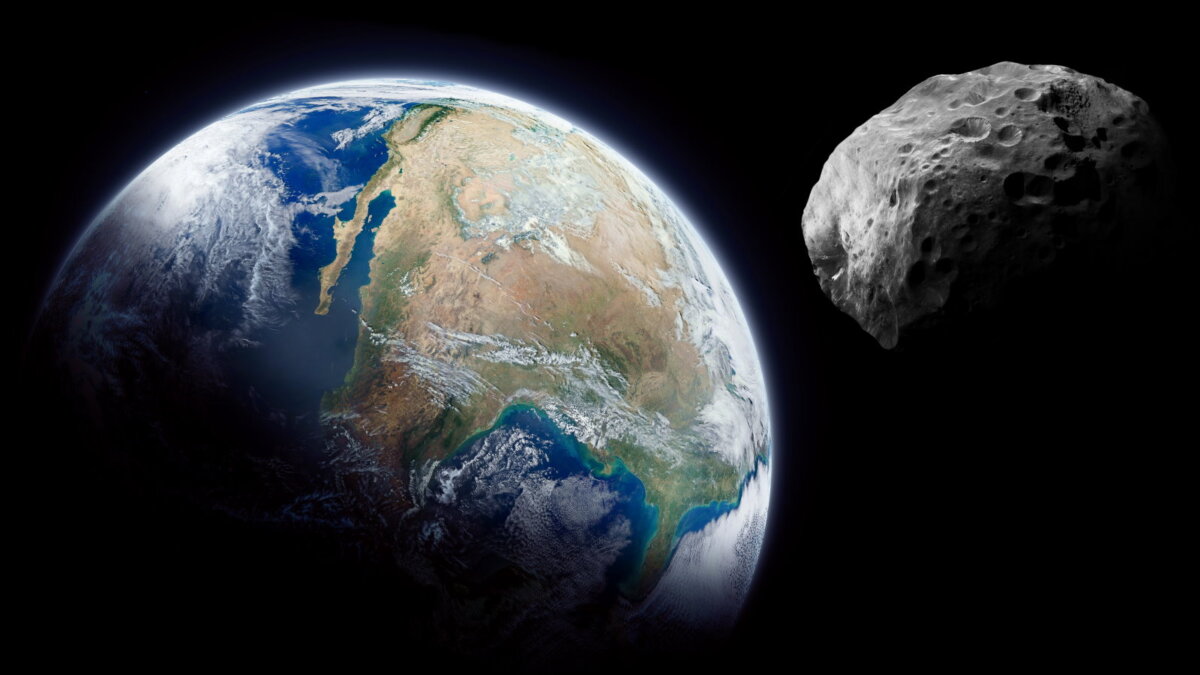This is a surprising finding, because ice cover periods are getting shorter on most lakes around the world. “Contrary to expectations, we show that the ice phenology of Yellowstone Lake is uniquely resilient to climate change,” write the scientists, led by Lusha Tronstad of Washington State University and Isabella Oleksi of Colorado State University. Yellowstone Lake’s unchanging ice behavior is in stark contrast to similar lakes in the Northern Hemisphere.
a private lake
Located 2,357 meters above sea level in the heart of Yellowstone National Park, Yellowstone Lake is the largest high-altitude lake in North America with a length of approximately 32 kilometers. It freezes completely in late December or early January and usually thaws only in late May or early June.
The Lake Village ranger station has recorded the date of ice breaking on the lake every year since 1927 and the history of the ice cover since 1931. In addition to examining these records, scientists also analyzed climate data from the same period (1927-2022), including air temperature and precipitation. They also compared data from Yellowstone Lake with data from seven similar lakes in Northern Europe.
The lack of long-term changes in the duration of the Yellowstone Lake ice sheet is unexpected because the Yellowstone region is experiencing a warming climate, the researchers said. Annual temperatures have increased in the Greater Yellowstone ecosystem since 1950. The changes are especially noticeable in the mountainous regions of Yellowstone Lake.
Using local meteorological data, we found some evidence of increases in summer, autumn and spring temperatures, especially over the last three decades. Given the key role of air temperature in ice formation and destruction, we found no evidence of corresponding changes in ice phenology.
– scientists write.
Why didn’t warming affect the lake?
Scientists initially tried to explain this by saying that autumn minimum temperatures, which are important for predicting ice formation, are not increasing as fast as general temperature trends in the region. But now they say a more likely explanation is: Increased snowpack on Yellowstone Lake served as a buffer against warm weather.
Especially in spring, snow cover can delay the melting of ice. The study found that the amount of spring snow has nearly doubled over the past century, which is closely related to the delay in ice melt on Yellowstone Lake. Generally, The amount of precipitation increased in spring and autumn. In this way, snow delays the melting of ice in spring.
This is in stark contrast to the Upper Green River Basin to the south, where snowpack decreases or remains relatively constant at higher elevations.
However, scientists are not sure how long this phenomenon will last; They draw attention to the predictions that there will be further warming and changes in the precipitation regime in the high Rocky Mountains.
Our results, combined with recent analyzes of climate projections, suggest there may be a “tipping point” when Yellowstone Lake’s ice phenology changes significantly. This turning point will be largely due to the continued transition from snowfall to rain in the fall and spring.
– they write in the study.
As warming continues and fall and spring snowfall decreases, ice phenology on Yellowstone Lake may change rapidly. If this were to occur, the scientists concluded, “it could have broad impacts on nutrient cycling, lake productivity, fisheries, and recreation.”













